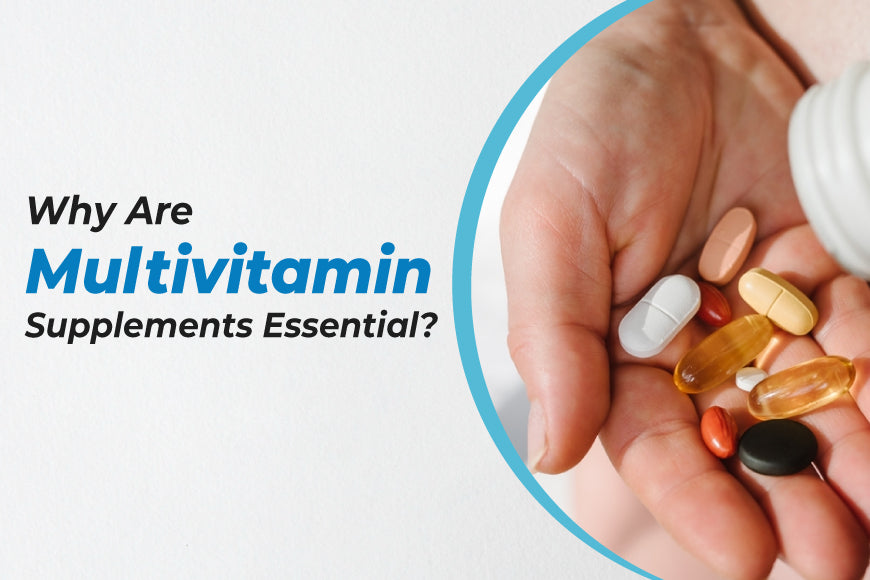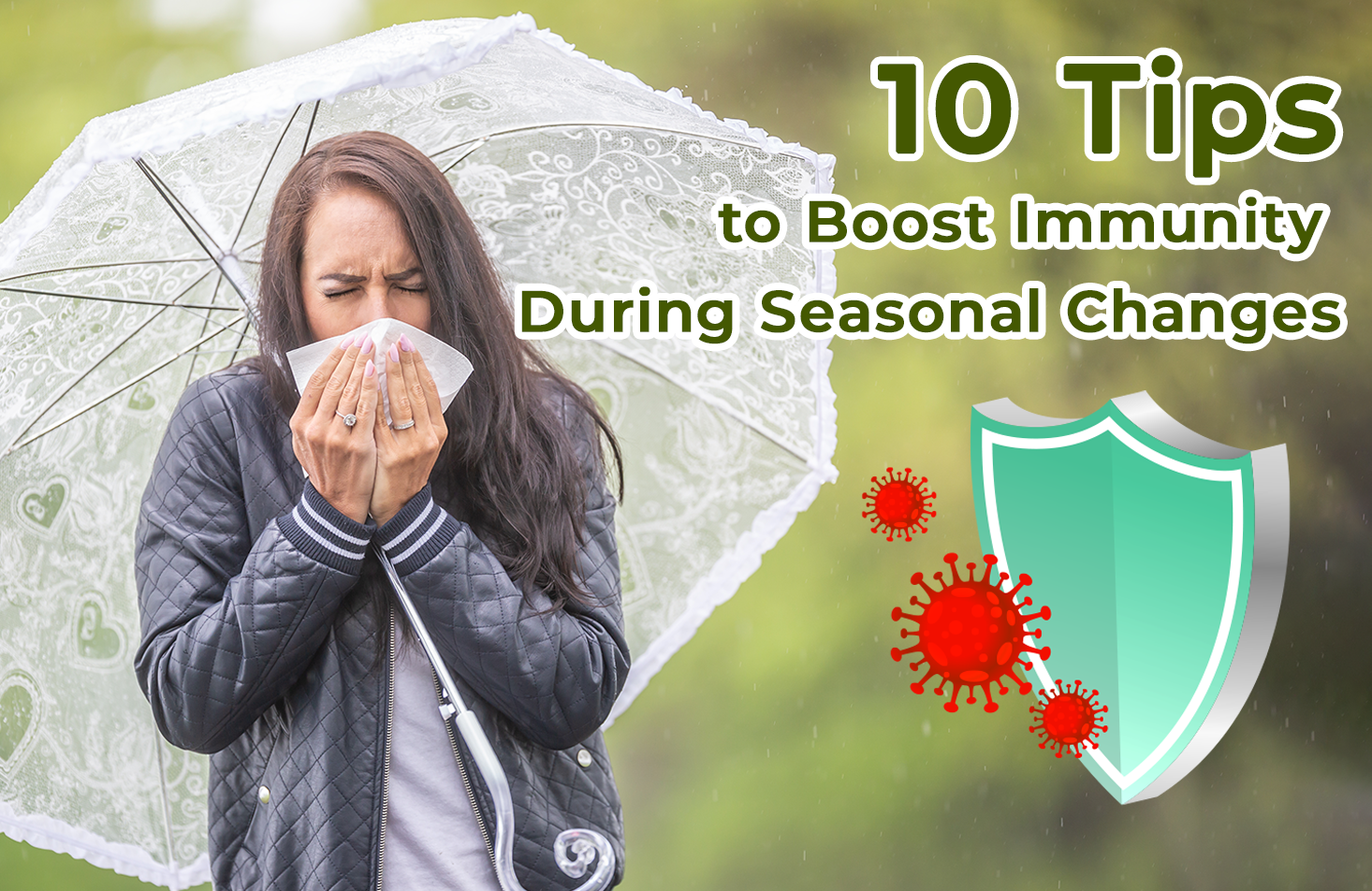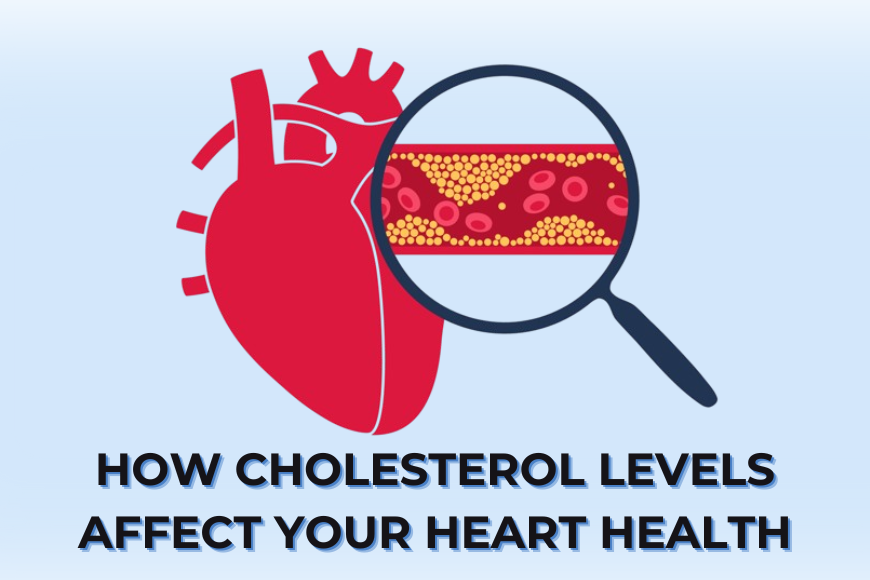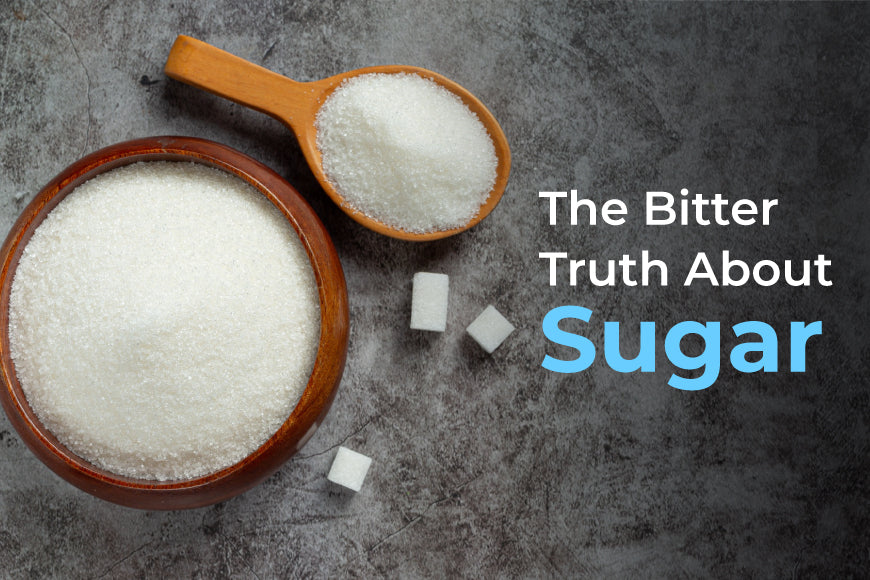Table of Contents
How many of you have heard our elders telling us “early to rise is a man wise” ?
And we think it's just normal nagging but folks it has a deep meaning.
We all know that the sun is the main source of Vitamin D so tell us, did you get the sunlight today? We can guess the answer, and some excuses also..
“Oh I couldn’t, the alarm didn’t ring!”
“Nah! I don't have time to go for a morning walk, the office starts at 9 AM!”
And so on….
Millions of individuals worldwide suffer from vitamin D insufficiency, which is more widespread than you might imagine.
In today’s times where we are surrounded by strict schedules whether professional or personal, the only light we are receiving is that white tubelight.
Much of the population still does not receive enough of this important nutrient, despite its relevance for immune system function, bone health, and general well-being.
According to recent research, 47.9% of people worldwide suffer from vitamin D insufficiency (below 50 nmol/L), whereas 15.7% of people worldwide have severe vitamin D deficiency (below 30 nmol/L). Studies show that 70–99% of people in India are estimated to have vitamin D insufficiency.
This indicates that our country has a significant prevalence of vitamin D insufficiency. The issue is widespread and affects people from different socioeconomic backgrounds in both urban and rural environments. This is significant since vitamin D is essential for maintaining bone health and avoiding ailments including diabetes, cardiovascular issues, and osteoporosis. (Biomed)
Fortunately, there are easy ways to prevent vitamin D deficiency if you know what to do.
We'll go over the major methods for preserving your ideal vitamin D levels in this article, along with popular vitamin D sources and preventative measures. This thorough guide will help you stay educated, whether you're worried about your health or looking for tips on how to make sure you're getting enough vitamin D.
Why Is Vitamin D Such a Big Deal?
Due to the fact that your body creates vitamin D in reaction to sunlight exposure, it is frequently referred to as the "sunshine vitamin". It is essential for keeping strong bones since it facilitates the body's absorption of calcium and phosphorus from meals. Beyond its beneficial effects on bone health, vitamin D also lowers inflammation, boosts immunity, regulates mood, and guards against chronic illnesses like diabetes and heart disease.
It should come as no surprise that a vitamin D shortage can have a significant impact on your health given its important function.
Vitamin D Deficiency Symptoms
Understanding the signs of vitamin D deficiency is crucial before discussing preventative measures. Typical indicators consist of:
-Weary and fatigued
-Muscular weakness and bone discomfort
-Recurring diseases or illnesses
-Shifts in mood, among them depression
-Hair thinning
-Sluggish healing of wounds
It's a good idea to see a doctor if you're having any of these symptoms; they might suggest a blood test to determine your vitamin D levels.
Why Is Vitamin D Deficiency So Common in People?
Even though the body can create vitamin D from sunlight quite simply, deficiencies are surprisingly common. Here are a few main justifications:
-
Minimal Sun Exposure
Due to their insufficient year-round solar exposure, people who live in northern latitudes or in areas with lengthy winters are more vulnerable. Moreover, having darker skin, wearing sunscreen, or spending a lot of time inside can all reduce the synthesis of vitamin D.
-
Inadequate Nutrition
Since few foods contain vitamin D, it can be more difficult to consume enough of it through just diet. You may not be getting enough vitamin D unless you routinely eat certain mushrooms, fatty fish, or fortified meals.
-
Age
Our skin's ability to synthesize vitamin D from sunshine decreases with age. Deficits are more common in older persons, particularly in those who are less mobile and spend less time outside.
-
Health Issues
A number of illnesses, including kidney disease, Crohn's disease, and celiac disease, might make it more difficult for your body to absorb vitamin D from food.
-
Being overweight
Since vitamin D is fat-soluble, fat cells are where it is kept. Because vitamin D is stored in fat tissues and becomes less accessible, those with higher body fat percentages may require more of the vitamin than individuals with lower body fat percentages.
How to Prevent Vitamin D Deficiency
After discussing the reasons for vitamin D insufficiency, let's look at doable actions you may take to keep your levels at a healthy level.

-
Increase Your Sunlight
The most organic method of raising your vitamin D levels is to spend time in the sun outside. Try to get at least 10 minutes of morning sun exposure every few days. Your skin tone (darker skin requires more exposure) and geographic location will determine how long it takes.
Advice for Optimizing Sunlight Exposure: Take a stroll in your garden or go for a morning walk.
For optimum absorption, expose skin in greater areas, such as the arms and legs.
For brief exposures, avoid sunscreen; nevertheless, exercise caution not to overexpose to lower the risk of skin cancer.
-
Include Foods High in Vitamin D in Your Diet

Particularly in the winter or if you don't receive enough sunlight, dietary sources of vitamin D can help make sure you get enough. Vitamin D-rich foods that are naturally occurring include milk, oranges and certain mushrooms, particularly those that have been in the sun
By including these foods regularly in your meals, you can increase your intake of vitamin D and prevent deficiency.
-
Consume a supplement of vitamin D
Taking a supplement might be an easy and efficient approach to meet your vitamin D requirements if you have trouble getting enough from your food or from sun exposure. There are two types of vitamin D supplements: D2 (ergocalciferol) and D3 (cholecalciferol). It is normally recommended to use vitamin D3, as studies have shown that it is more effective at increasing vitamin D3 levels in the blood.
How to Select an Add-on:
Dosage: The usual range of doses is 600 IU to 4,000 IU per day, depending on your needs. To find out the appropriate dosage for you, speak with your doctor.
Quality: To guarantee efficacy and purity, look for premium supplements that have undergone independent testing.
-
Continue Moving and Work Out Outside
Maintaining an active lifestyle is critical for general health, and exercising outside can increase your exposure to sunlight. Increasing your vitamin D levels and improving your wellbeing can be achieved by engaging in outdoor yoga, cycling, or hiking.
-
Establish Routine Testing for Vitamin D
A simple blood test for vitamin D can help you track your levels and modify your diet as necessary. If you have risk factors for deficiency, such as living in an area with little sunlight or having a medical condition that limits absorption, routine testing is extremely important.
-
If You Live in a Low-Sunlight Area, Think About UV Lamps
UV lamps or light therapy boxes can simulate sunlight and aid in the body's production of vitamin D for people who live in areas with limited sunlight during specific seasons of the year. They can be useful in raising vitamin D levels in addition to being frequently used to treat seasonal affective disorder (SAD).
-
Pay Attention to Your Calcium Consumption
Calcium and vitamin D combine to keep your bones in good condition. Your body won't be able to absorb vitamin D efficiently if you are getting plenty of it but not enough calcium. To improve the absorption of vitamin D, make sure you consume adequate calcium from meals like dairy, leafy greens, or fortified foods.
Typical Myths Regarding Vitamin D
Let's also address some widespread misperceptions regarding vitamin D:
Myth 1: "Your diet can provide you with all the vitamin D you need."
Although many foods can contain vitamin D, it might be difficult to get all the vitamin D you need from diet. Supplements and sunlight both frequently play crucial roles.
Myth 2: “A Tan Means I'm Full of Vitamin D”
Fact: A tan doesn't mean you’re soaking up tons of Vitamin D; it’s just your skin trying to protect itself from UV damage. In fact, getting too tanned can reduce your skin’s ability to produce Vitamin D!
Myth 3: “Vitamin D Supplements Can Replace the Sun Completely”
Fact: While supplements are useful, they’re not a magic cure. Getting some natural sunlight is still the best way to help your body synthesize vitamin D.
Myth 4: "People who are older should not be concerned about vitamin D."
People of all ages can be affected by vitamin D insufficiency, although older adults are more susceptible. The likelihood of deficiency is influenced by various factors, including skin type, region, and lifestyle. As such, it is a concern for all individuals.
In summary
Being well depends on obtaining enough vitamin D, and luckily, there are many ways to make sure you're getting enough. You may take responsibility for your health and steer clear of the risks of vitamin D deficiency by increasing your time in the sun, including foods high in vitamin D in your diet, or thinking about taking a supplement.
If you're unclear about your vitamin D status, consult your physician or have a blood test to see if any adjustments are necessary. Your immune system, bones, and general health will all benefit for years to come if you take preventative measures today.










